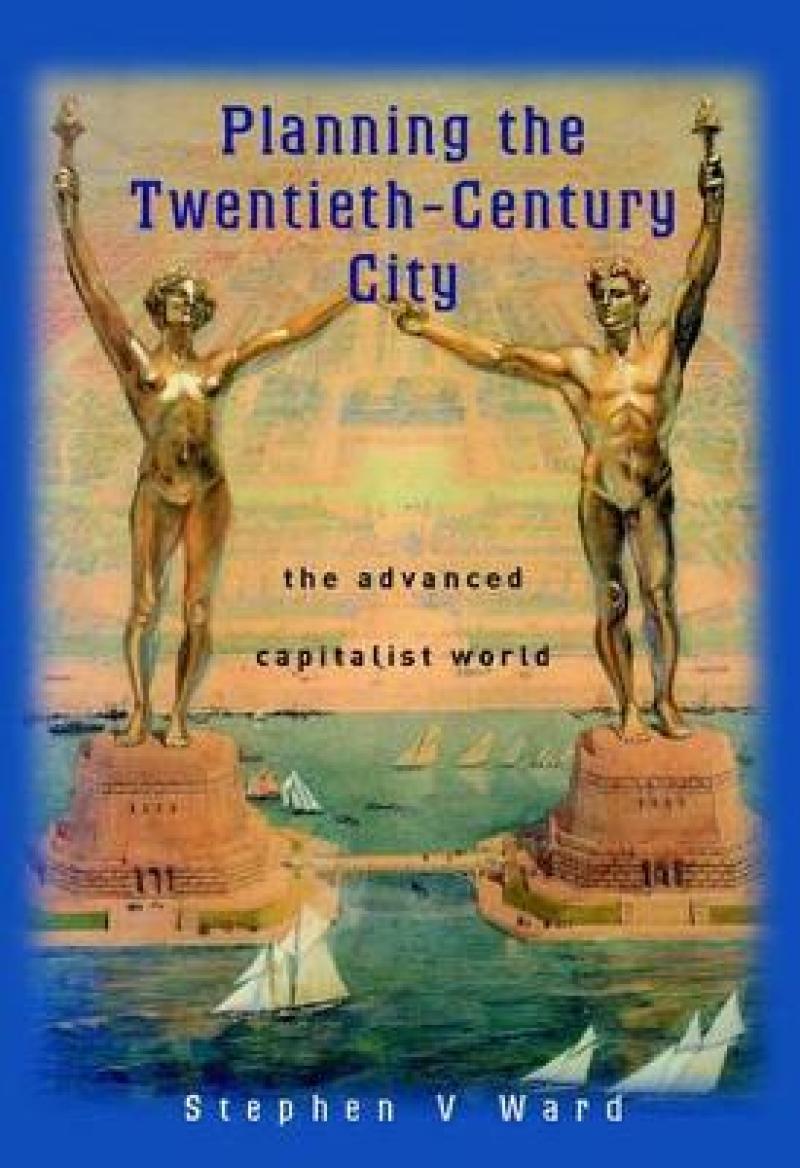"..well illustrated international narrative.." (Architectural Review, May 2002)<br /> <br /> "...will be very useful as a reference volume enabling teachers and scholars to explore themes in city planning such as garden cities...another strength of the book is the economic, social and political background which is provided as a context for the evolution of ideas and practice..." (Geography, October 2002)<br /> <br /> "...something of a tour-de-force...fluently and attractively written...an authoratitve voice on the subject..." (Planning History, 2002)
The book moves from German 'zoning', the aesthetics of grand urban and landscape design from France and the USA, and the utopian English idea of the 'garden city' through to the dynamism of the Asian tiger cities and the environmental ideology of the late 20th century. It creates an international body of knowledge and expertise.
With case material from major cities in Western Europe, North America, Australia and Asia, this book charts the changing centres of influence in planning and identifies the cities which will lead the way in the next century.
The Author vii
Acknowledgements ix
Chapter 1 Introduction 1
Chapter 2 Nineteenth-Century Antecedents 11
Chapter 3 The Emergence of Modern Planning 45
Chapter 4 War, Reconstruction and Depression I: The Major Traditions 81
Chapter 5 War, Reconstruction and Depression II: The Other Traditions 127
Chapter 6 Reconstruction and Modernisation I: The Major Traditions 157
Chapter 7 Reconstruction and Modernisation II: The Other Traditions 195
Chapter 8 The Zenith of Modernisation and Beyond I: The Major Traditions 227
Chapter 9 The Zenith of Modernisation and Beyond II: The Other Traditions 271
Chapter 10 Globalisation, Competitiveness and Sustainability I: The Major Traditions 307
Chapter 11 Globalisation, Competitiveness and Sustainability II: The Other Traditions 355
Chapter 12 Conclusions 395
Bibliography 409
Websites 443
Index 445
Stephen V Ward begins by charting the creativity of the early twentieth century, the broader national agendas for social improvement of the inter-war years, the destruction of war and the high hopes for reconstruction after 1945. He goes on to examine the zenith of comprehensive urban modernisation in the 1960s and 1970s and the weakening of urban planning as market-led political ideologies gained ascendancy in the 1980s. Finally, the book discusses the worldwide emergence of the new planning ideology of sustainable urban development during the 1990s and considers the prospects for the new century.
Drawing on a huge amount of recent international research, this book is richly detailed, with examples from many different countries. Its unique chronological and geographical range makes it an indispensable text for anyone who wants to know more about city planning in the affluent world.
